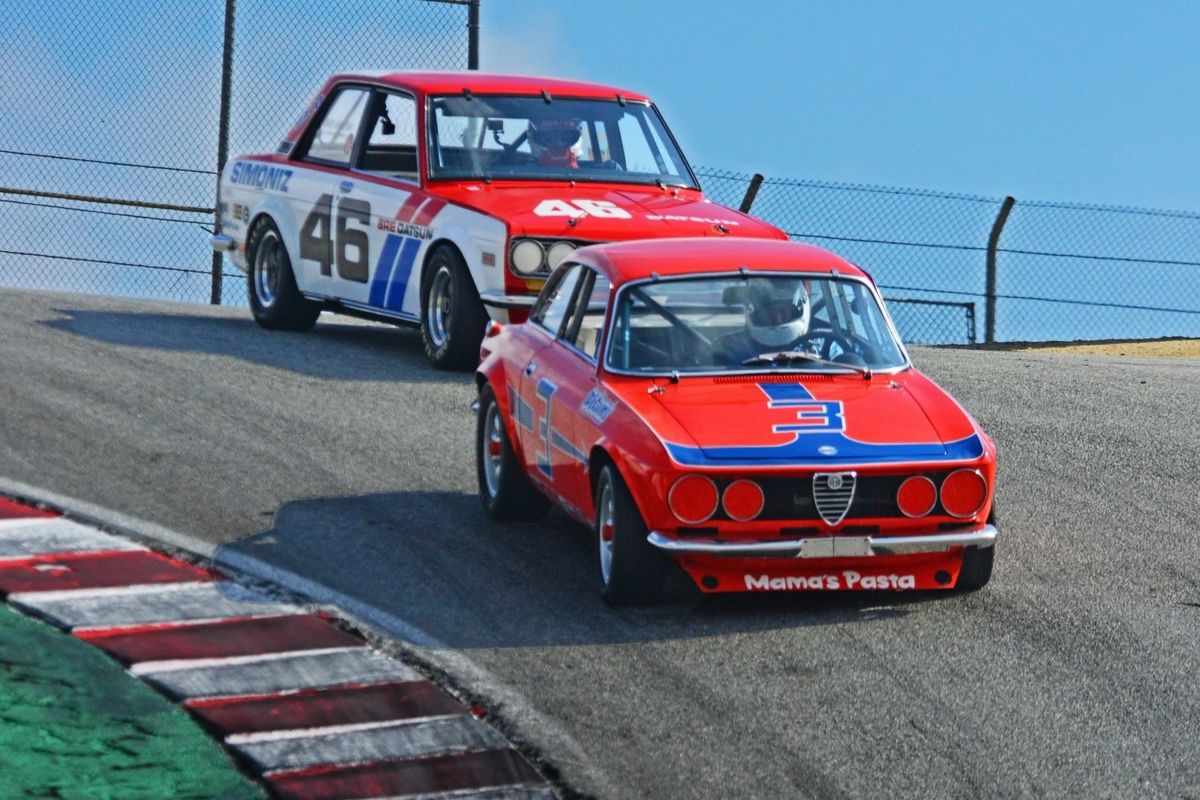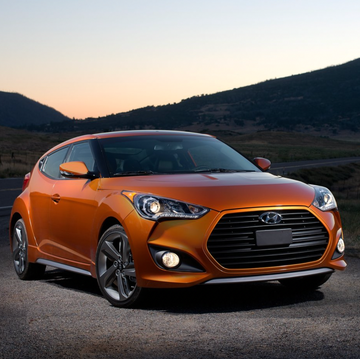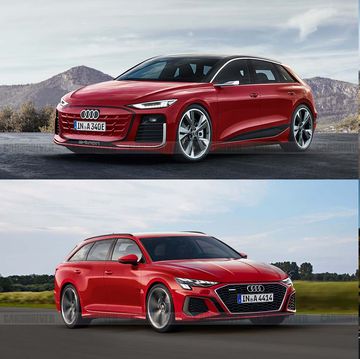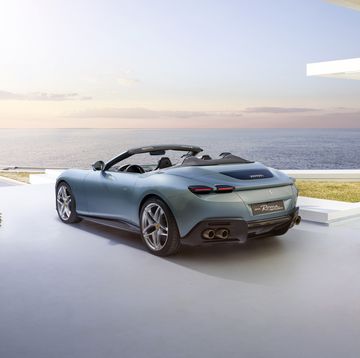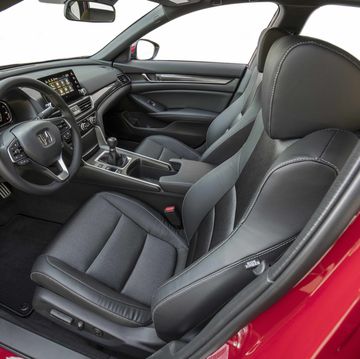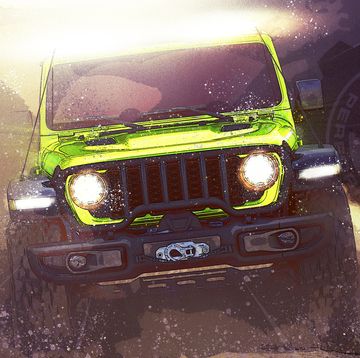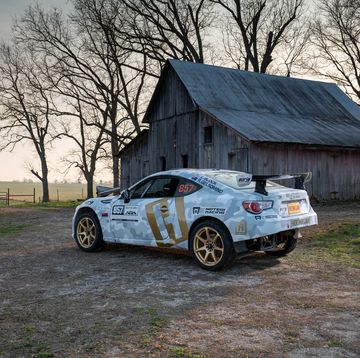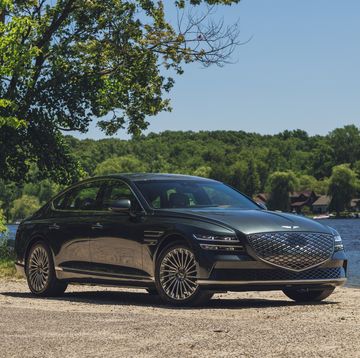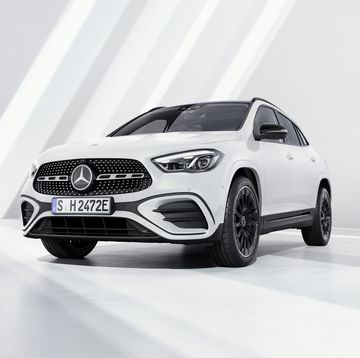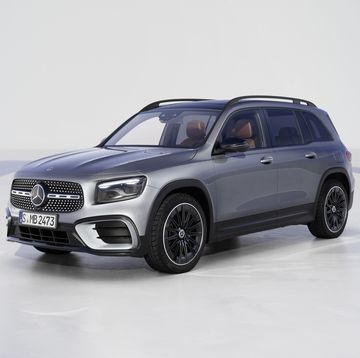• This Alfa Romeo is one of Trans-Am racing's greatest heroes.
• Repainted in its original 1971 livery, this GTV won its final race, only to be disqualified later.
• The Bring a Trailer auction ends on February 3.
Great racing stories are built on rivalries: Ford versus Ferrari, Hunt versus Lauda, Smokey Yunick versus the NASCAR rulebook. Up for sale right now on Bring a Trailer—which, like Car and Driver, is part of Hearst Autos—is one half of a duel that defined compact-car racing in the early 1970s. The 1971 Alfa Romeo GTV 1750 battled against the Brock Racing Enterprises Datsun 510 to the bitter end, achieving a short-lived victory after a fuel capacity technicality reversed the Alfa's fortune.
The Sports Car Club of America's 2.5 Challenge Series was exciting if you were a racer on a budget, unable to stretch to the likes of a V-8–powered Chevy Camaro, Ford Mustang, or AMC Javelin. The 2.5 Challenge cars were small and boxy—510s, Alfas, and BMWs—but the competition was just as fierce as in the pony-car field. If you liked small, lightweight road cars, the 2.5 Challenge was the place to be.
Staring down a factory-backed Alfa Romeo team, you might imagine Datsun as the scrappy underdog, but the BRE 510s had the development money behind them. With famed Nissan president Yutaka Katayama (a.k.a. Mr. K) cheering from the sidelines, and with Peter Brock's team preparing the chassis and engines, the BRE 510s were difficult to beat.
This Alfa Romeo GTV 1750 was the racing machine that Horst Kwech campaigned in the 1971 season. At the time, its 2.0-liter inline-four produced 205 horsepower. Series regulations meant the Alfa received a 200-pound penalty to bring it closer to the BRE 510, but Alfa's team placed the ballast to achieve a nearly ideal 48/52 weight distribution.
Wearing 15-inch Minilite wheels wrapped in fat Hoosier tires, this classic little Alfa is immediately appealing. The cockpit is simple: three pedals, the necessary instrumentation, a five-speed manual transmission, and a well-worn leather-wrapped steering wheel.
While it may be light on amenities, this car is full of stories. In 1971, Horst and his Alfa went back and forth with John Morton and his BRE 510, swapping wins like featherweight boxers exchange blows. The final race was held at Laguna Seca, with the national title on the line. The live-axle Alfa delivered a handful of oversteer followed by understeer, while the 510 was temperamental unless it was driven with reckless abandon. Despite rules trying to even the playing field, the vehicles couldn't have driven more differently.
In that final round, Horst's Alfa emerged triumphant. However, suspicions were raised when the Datsun hit the pits while the Alfa stayed out. Scrutineers descended and found that the GTV's fuel system held two gallons more than was legal, and the trophy was handed to the Datsun team.
That season remains contentious with race fans even now, but more than that, it remains memorable. A car with this level of racing pedigree comes along very seldom. By itself, this Alfa is an interesting and valuable vintage racing machine. The story—and the rivalry—just add to the appeal.
